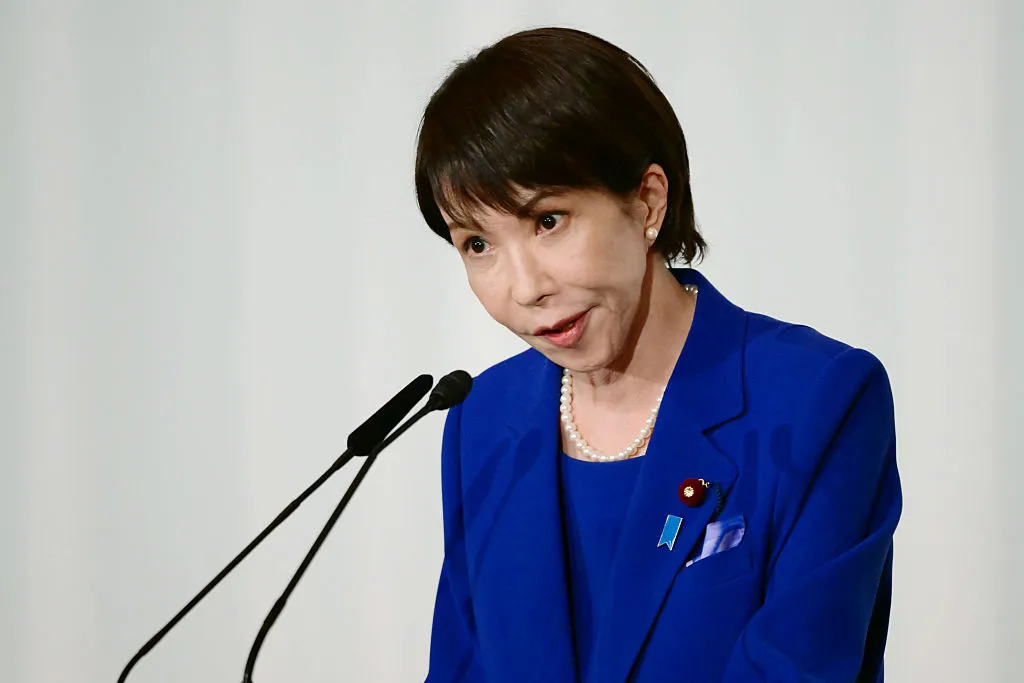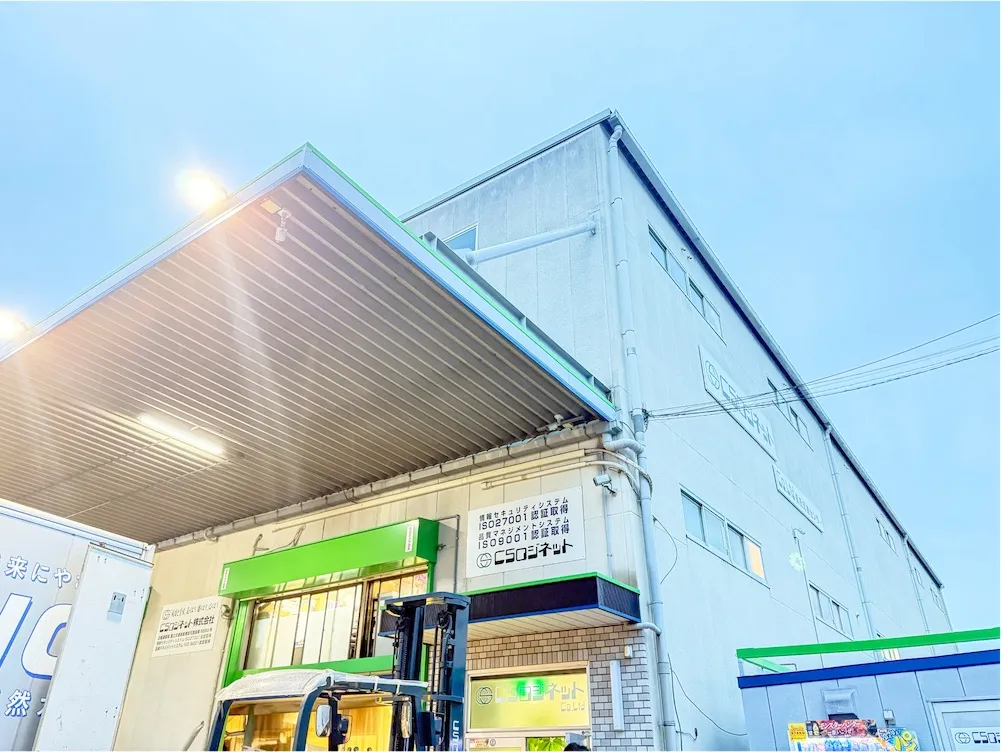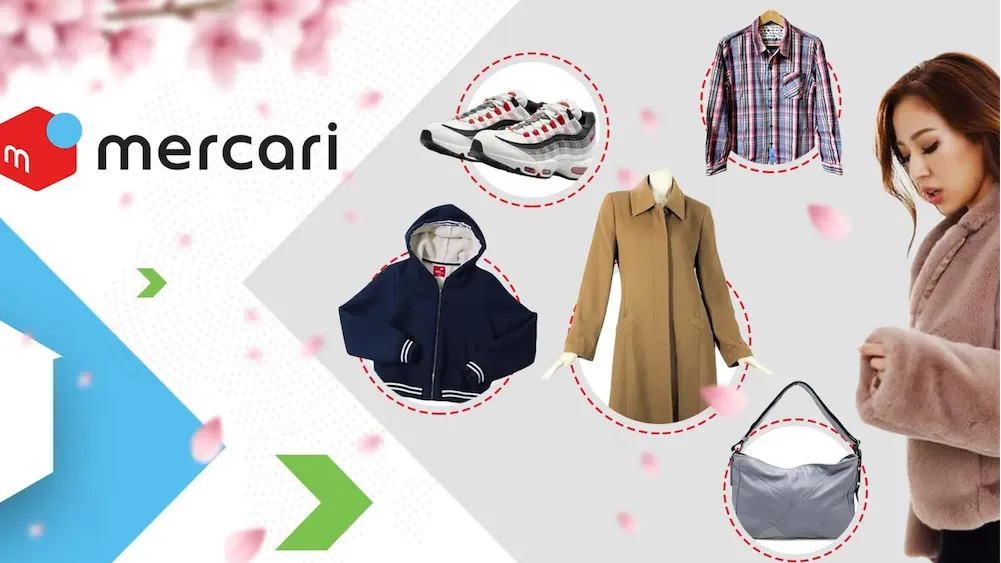Ryohin Keikaku (7453 JP)
Japan’s finest retailer now benefitting from China’s reopening
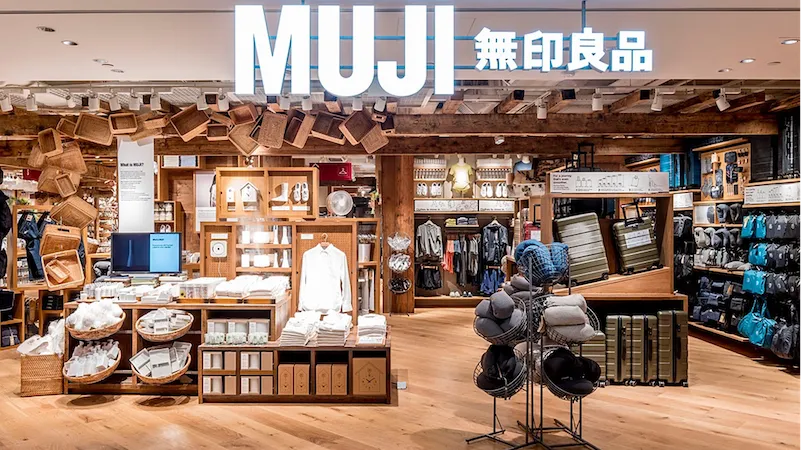
Latest
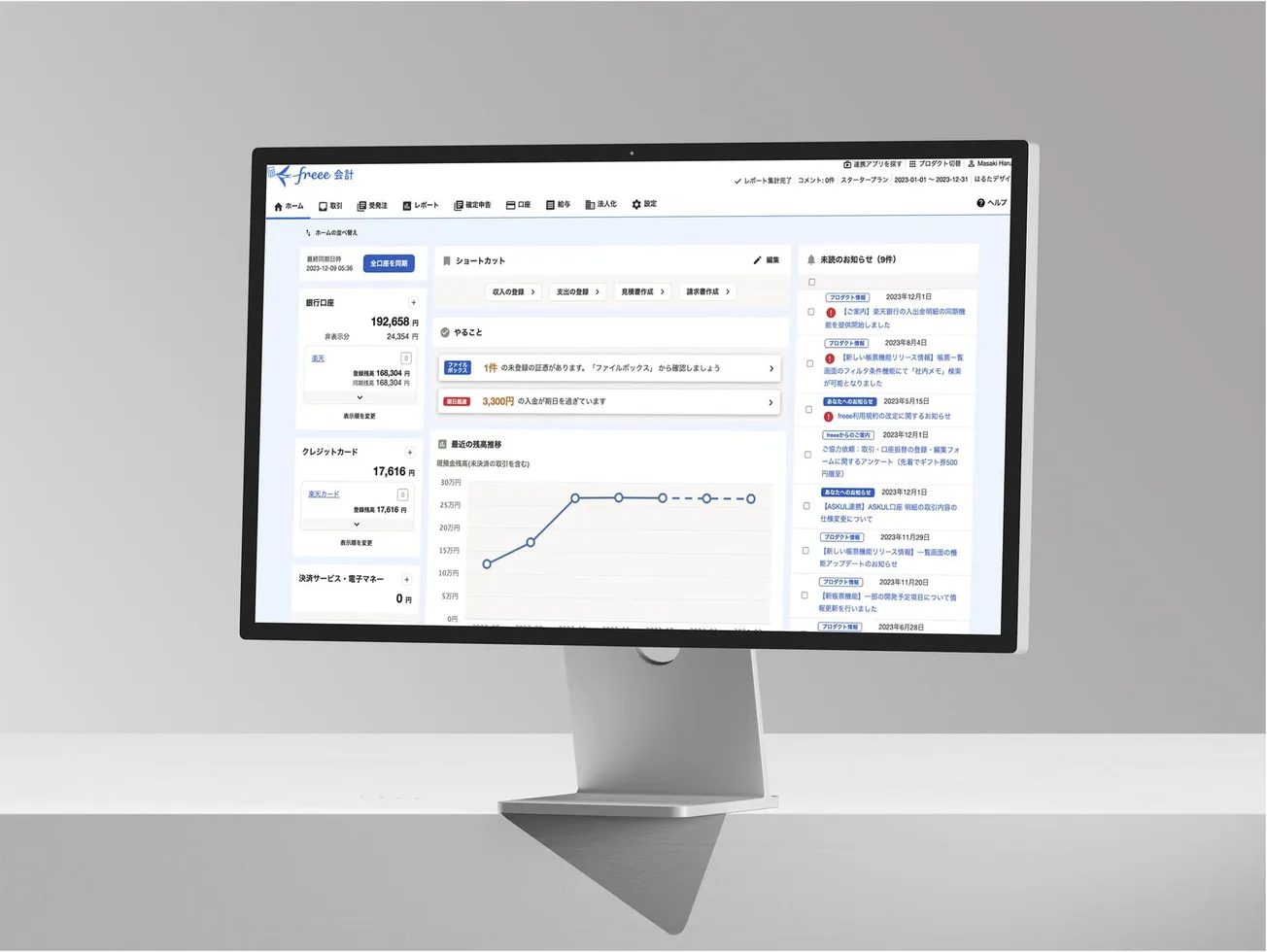
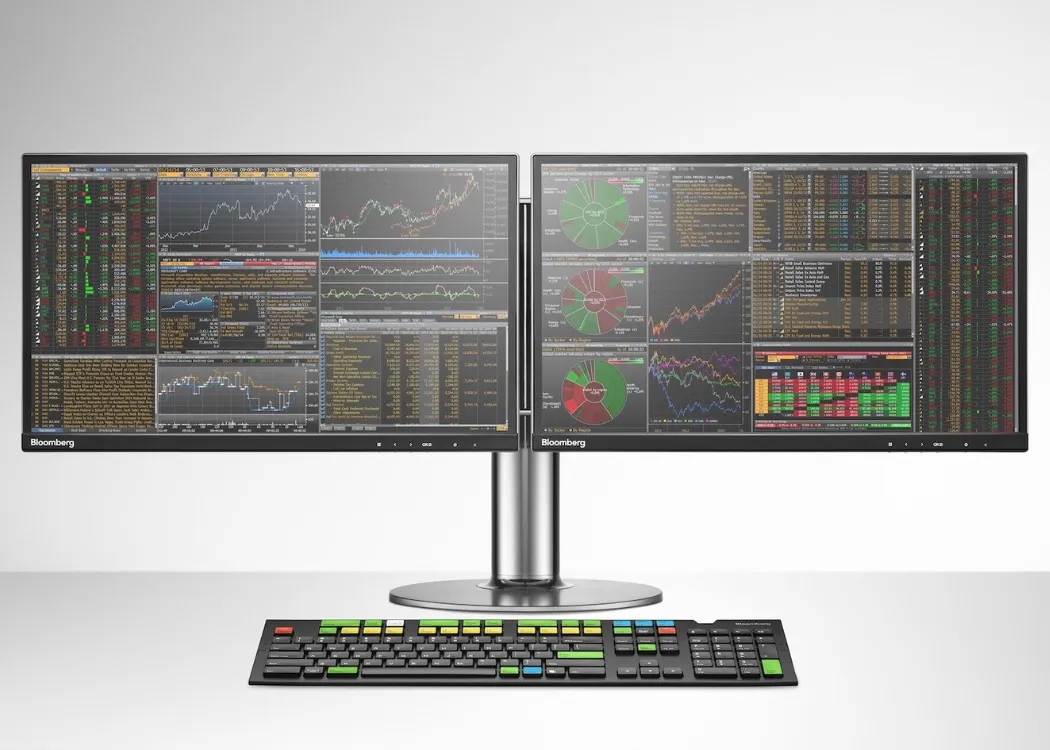

Delfi (DELFI SP) — 2025 update
Indonesia's largest chocolate producer, trading at sub-10x P/E if and when cocoa prices ever fall


